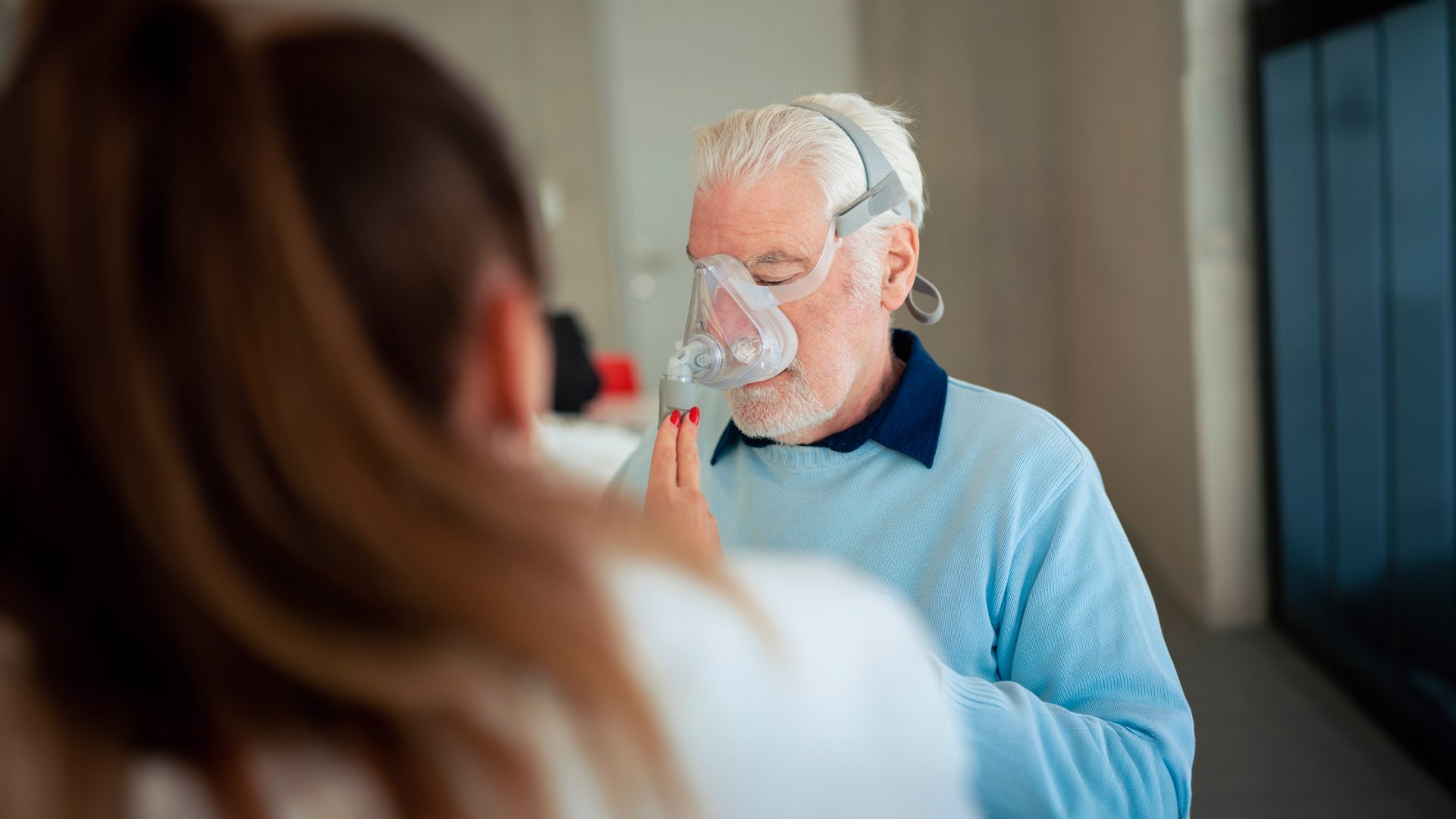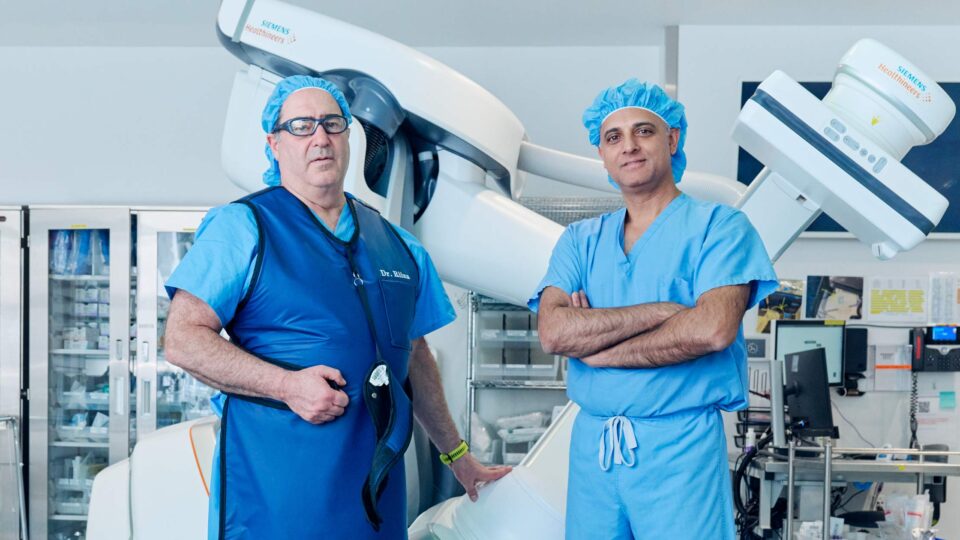Research from NYU Langone Health points to sleep centers as an ideal setting to conduct recommended screening for primary aldosteronism in individuals with obstructive sleep apnea and hypertension. Published in the journal Surgery, the research represents a meaningful step forward in an understudied group.
Primary aldosteronism is typically viewed as a rare disease; however, it disproportionately affects upward of one in three people with obstructive sleep apnea and hypertension. Clinical guidelines from the Endocrine Society recommend screening individuals with comorbid obstructive sleep apnea and hypertension for primary aldosteronism, yet screening rates remain low.
“The sleep center seems like an unusual place to check for a hormonal disorder, but it’s where we can find individuals most likely to have primary aldosteronism.”
Insoo Suh, MD
“The sleep center seems like an unusual place to check for a hormonal disorder, but it’s where we can find individuals most likely to have primary aldosteronism to guide their treatment beyond sleep apnea management,” says endocrinology surgeon Insoo Suh, MD, senior author on the study. Endocrinologist Nidhi Agrawal, MD, and sleep medicine specialist Mandana Mahmoudi, MD, PhD, MPH, served as co-authors.
Primary Aldosteronism and Comorbidities
Individuals with primary aldosteronism produce too much aldosterone. This hormonal imbalance leads to sodium accumulation, water retention, increased blood pressure, and a potentially dangerous drop in potassium levels. Primary aldosteronism is an often-overlooked cause of hypertension.
An interesting bidirectional connection between primary aldosteronism and obstructive sleep apnea has emerged. High aldosterone can cause fluid buildup around the throat, making obstructive sleep apnea worse. Conversely, treating primary aldosteronism can lessen the severity of sleep apnea.
New Insight into Screening and Prevalence
Earlier reports have suggested that few patients with obstructive sleep apnea and hypertension are screened, so NYU Langone researchers designed their study to gather current real-world data on primary aldosteronism screening and prevalence.
During a retrospective chart review of 354 individuals diagnosed with or who self-reported having hypertension and obstructive sleep apnea who participated in sleep studies at NYU Langone between January and September 2021, Dr. Suh and colleagues discovered that the screening rate was 19 percent—nearly two and a half times higher than anticipated, based on previous reports of screening rates of under 8 percent.
Of screened patients, 21 percent ended up being positive for primary aldosteronism, with a correlation found between positive screens and more-severe obstructive sleep apnea.
“Nearly one in four individuals with obstructive sleep apnea and hypertension screened in the NYU Langone sleep center had underlying primary aldosteronism, which corroborates previous reports,” says Dr. Suh. He adds that this information should encourage more clinicians to screen regularly for hormonal imbalance, especially when managing severe sleep apnea.
Instituting a Standard Protocol Raises Screening Rates
To increase primary aldosteronism screening rates, the sleep center launched a standardized biochemical screening protocol for all individuals with obstructive sleep apnea and hypertension in April 2021.
The screening protocol consisted of blood tests for serum aldosterone levels, plasma renin activity, and the aldosterone-to-plasma renin activity ratio. After protocol implementation, the screening rate within the center nearly doubled, increasing from 12 percent at baseline to 23 percent.
“Not only did we double the screening rate in our sleep center with a standard protocol, but our screening rate far exceeds what’s been reported in other studies.”
Mandana Mahmoudi, MD, PhD, MPH
“Not only did we double the screening rate in our sleep center with a standard protocol, but our screening rate far exceeds what’s been reported in other studies,” says Dr. Mahmoudi, the clinical director of sleep medicine in the Division of Pulmonary, Critical Care, and Sleep Medicine.
“Our study yields compelling evidence for instituting and standardizing primary aldosteronism screening, specifically in sleep centers, if we want to increase detection,” says Dr. Mahmoudi.







